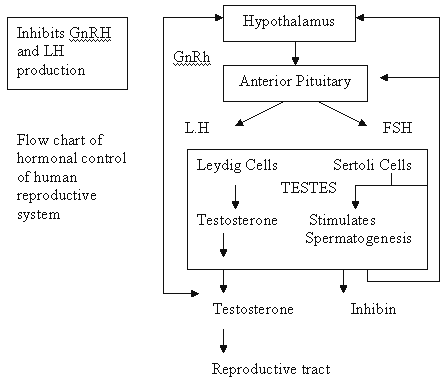CBSE Guess > Papers > Question Papers > Class XII > 2005 > Biology > Delhi Set-I
BIOLOGY 2005 (Set I—Delhi)
SECTlON - A
Q. 1. What would happen to the rate of photosynthesis in C3 plants if the CO2 concentration level almost doubles from its present level in the atmosphere? 1
Q. 2. In humans, starch digestion begins in the buccal cavity but stops in the Stomach. Why? 1
Q. 3. Name the two most biodiversity-rich zones of India. 1
Q. 4. Name the hormone that makes the plants more tolerant to various stresses. 1
Q. 5. Name the t major groups of cells required in attaining specific immunity. 1
SECTION - B
Q. 6. Name the end products of aerobic and anaerobic glycolysis List two ways by which molecules of ATP are produced in glycolysis during aerobic respiration in a cell. 2
Q. 7. Differentiate between Total Fertility Rate (TFR) and Replacement Level (RL). 2
Q. 8. Due to uncontrolled excessive hunting the population of tigers in a forest becomes Zero. Discuss the long-term effects of this situation on the population of deer in that forest. 2
Q. 9. Name the source gland of leutinising hormone (LH). Mention the other hormone along with which it acts on its target cells/organ. Give their two functions. 2
Q. 10. Can all the four chambers of the human heart experience systole simultaneously? Explain justifying your answer. 2
Or
What do you call the circulatory fluid in the body of cockroach? Mention its three functions. 2
Q. 11. Why d scientists pick hydrogen as the basis for MRI scanning? Name of the human body that do not appear in an MRI scan. 2
Q. 12. What is thermal stratification? How does thermal stratification in temper ate lakes help in rich growth of phytoplanktons during autumn and spring turn-over’ 2
Q. 13. Where do PGA and glycine gain entry respectively after being formed during photorespiration in plants? What happens to them immediately after? 2
Q. 14. What is meant by bioassay? Name the two bioassays that are used to
examine auxin activity in plants. 2
Q. 15. Explain CO2 compensation point. 2
SECTION - C
Q. 16. Define the following and give their values in a normal human adult: 3
a) Tidal volume
b) Expiratory reserve volume
c) Inspiratory capacity.
Q. 17. (i) How do grasslands differ from Savannas?
(ii) Name the two major categories of plant forms that dominate the desert vegetation. 3
Q. 18. Explain the Capillarity Theory in respect of ascent of water in plants. Name the tissue involved. 3
Q. 19. Explain the initiation of muscle contraction. What is the role of Sarcoplasmic Reticulum, Myosin head and F-action during contraction in striated muscles? 3
Q. 20. What is meant by ozone shield? Name two gases that can cause damage to this shield. Give one harmful effect of this damage each on plants and animals. 3
Q. 21. Why is sub-culturing essential in plant tissue culture? 3
Or
Explain the process of heterosis. How is it different from inbreeding depression?
Q. 22. Where and how is urea produced in ureotelic animals? What happens to the kidney filtrate in descending loop of Henle and collecting tubules in humans? 3
Q. 23. Distinguish between epimorphic and morphallactic regeneration, giving one example of each. 3
Q. 24. Mention where the following are located in the human brain, and give one function of each: 3
a) Temporal lobe
b) Cerebellum
c) Corpus callosum
Q. 25. Define innate immunity. Name and explain the category of barrier which involves macrophages. 3
SECTION - D
Q. 26. What is the basis of classifying ‘cancer? Name and explain the different Categories of cancer. Mention any two approaches for cancer treatment. 5
Or
What is embryo culture? What is the objective of this culture? Describe the three applications of this technique.
Q. 27. Draw a diagram of the longitudinal section of a mature anatropous ovule and label any ten parts in it. 5
Or
Draw a flow-chart to show the hormonal control of the human male reproductive system, highlighting theinhibitory and stimulatory directions in it.

Q. 28. Explain the process of biosynthetic phase of photosynthesis occurring in the chloroplast. 5
Or
Describe the process of development of root nodules in a leguminous plant. Name the oxygen scavenger molecule present in the root nodules.
- English
- Sociology
- Functional English
- Psychology
- Mathematics
- Philosopy
- Physics
- Computer Science
- Chemistry
- Entrepreneurship
- Biology
- Informatics Practices
- Geography
- Multimedia & Web Technology
- Economics
- Biotechnology
- Business Studies
- Physical Education
- Accountancy
- Fine Arts
- Political Science
- History
- Agriculture
